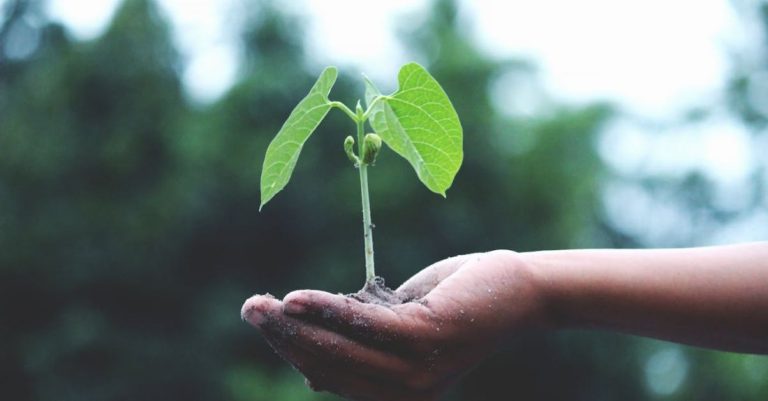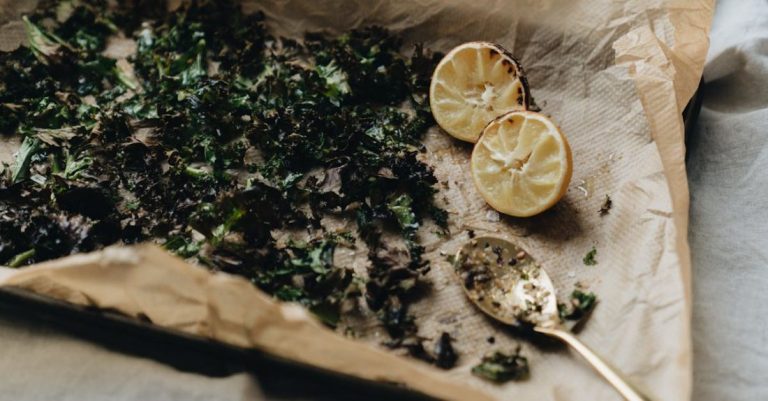
Watering plants is a crucial aspect of plant care that requires attention and consistency. Creating a schedule for watering your plants can help ensure they receive the right amount of water at the right time, promoting healthy growth and vibrant blooms. Here are some tips on how to create an effective watering schedule for your plants.
Understanding Your Plants’ Watering Needs
Before creating a watering schedule, it’s essential to understand the specific watering needs of your plants. Different plants have varying requirements when it comes to water, depending on factors such as the type of plant, its stage of growth, the season, and the environment it is in. Some plants, like succulents, require infrequent watering, while others, such as tropical plants, need more consistent moisture.
Research and Observation
To determine the watering needs of your plants, conduct research on the specific plant species you have and observe how they respond to different watering frequencies. Factors to consider include the plant’s soil type, drainage, sunlight exposure, and humidity levels. By understanding these factors, you can tailor your watering schedule to meet the individual needs of each plant in your care.
Establishing a Routine
Once you have gathered information about your plants’ watering requirements, establish a routine that aligns with their needs. Consistency is key when it comes to watering plants, as erratic watering can lead to stress and damage. Consider creating a watering calendar or using a gardening app to help you stay organized and on track with your watering schedule.
Factors to Consider
When creating a watering schedule, consider the following factors:
1. Soil Moisture: Check the moisture level of the soil before watering. Overwatering can lead to root rot, while underwatering can cause wilting and stunted growth.
2. Seasonal Changes: Adjust your watering schedule based on seasonal changes, as plants may require more water during hot, dry periods and less water during cooler, wetter seasons.
3. Plant Type: Different plants have different watering needs. Group plants with similar requirements together to make watering more efficient.
4. Watering Method: Consider the watering method you use, such as watering from the top or bottom, to ensure plants receive water evenly and effectively.
5. Container Size: Larger containers hold more soil and retain water longer, while smaller pots may require more frequent watering.
Monitoring and Adjusting
Regularly monitor your plants for signs of overwatering or underwatering, such as yellowing leaves, mold growth, or wilting. Adjust your watering schedule as needed based on the condition of your plants and any changes in their environment. Remember that it’s better to underwater than overwater, as most plants are more resilient to drought than excess moisture.
Conclusion: Maintaining a Healthy Watering Schedule
Creating a schedule for watering your plants is a fundamental aspect of plant care that can significantly impact their health and vitality. By understanding your plants’ specific watering needs, establishing a routine, and considering various factors that influence watering, you can create an effective watering schedule that promotes optimal growth and blooming. Regular monitoring and adjustments are essential to ensure your plants receive the right amount of water at the right time. With a well-planned watering schedule, you can help your plants thrive and flourish in your care.





